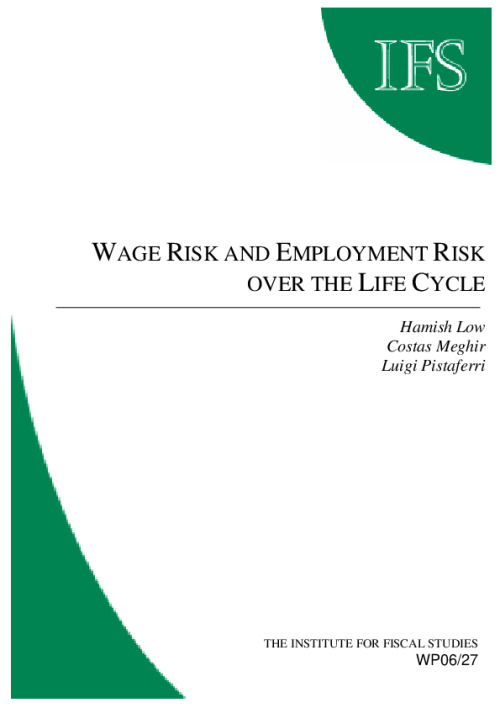This paper decomposes the sources of risk to income that individuals face over their lifetimes. We distinguish productivity risk from employment risk and identify the components of each using the Survey of Income and Program Participation and the Panel Study of Income Dynamics. Estimates of productivity risk contolling for employment risk and for individual labour supply choices are substantially lower than estimates that attribute all wage variation to productivity risk. We use a partial equilibrium life-cycle model of consumption and labour supply to analyse the choices individuals make in the light of these risks and to measure the welfare cost of the different types of risk. Productivity risk induces a considerably greater welfare loss than employment risk primarily because productivity shocks are more persistent. Reflecting this, the welfare value of government programs such as food stamps which partially insure productivity risk is greater than the value of unemployment insurance which provides (partial) insurance against employment risk and no insurance against persistent shocks.</p>











